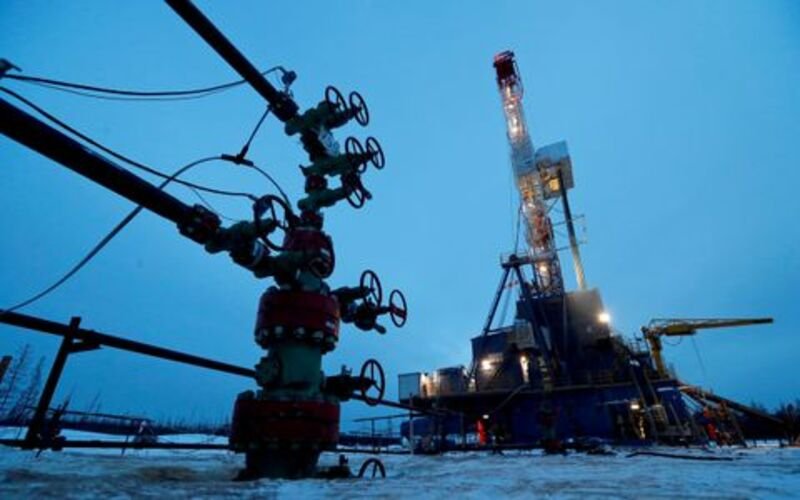On Wednesday, oil prices held at a 10-month high as supply fears about Libya production and OPEC+ restrictions were countered by global macroeconomic headwinds.
Brent futures rose 8 cents, or 0.1%, to $92.14 a barrel at 0630 GMT, while WTI oil rose 13 cents, or 0.2%, to $88.97.
Both benchmarks rose about 2% on Tuesday to their best since November 2022.
“OPEC’s bullish demand outlook and the EIA’s prediction of a decline in global oil inventories reinforced market views of tightening supply going forward,” said Rakuten Securities commodities analyst Satoru Yoshida.
He noted that OPEC member Libya is closing four eastern oil export ports due to devastating storm-supported oil prices.
“But downside pressure from lingering worries over weaker Chinese demand may limit further gains,” Yoshida added.
The Organization of the Petroleum Exporting Countries (OPEC) maintained its prediction for strong global oil demand growth in 2023 and 2024, noting that major economies are doing better than predicted despite high interest rates and inflation.
Saudi Arabia and Russia extended voluntary supply restrictions of 1.3 million bpd until year-end last week. Russian, OPEC and associated producers are OPEC+.
After interviewing Energy Minister Nikolai Shulginov, Izvestia reported Wednesday that Russian oil output would fall 1.5% to 527 million metric tons (10.54 million barrels per day) this year.
The EIA predicted a drop in global oil stockpiles of approximately 500,000 bpd in the second half of 2023, raising oil prices to $93 per barrel in the fourth quarter.
On Tuesday, front-month Brent futures contracts traded $4.68 a barrel above those for delivery six months out, a spread last seen in November last year, signaling tighter market supplies.
Market sources used API numbers on Wednesday to report rising U.S. crude oil, distillate, and gasoline stocks last week.
Crude stockpiles climbed 1.2 million barrels in the week ending Sept. 8, compared to experts’ expectations of 1.9 million. Gasoline stockpiles surged by 4.2 million barrels and distillate inventories by 2.6 million.
The year-over-year core consumer price index growth was predicted to reduce to 4.3% in August from 4.7% in July, and the market awaited the data on Wednesday. Investors will wonder whether weaker core inflation will be enough for the Fed to retain rates next year.


